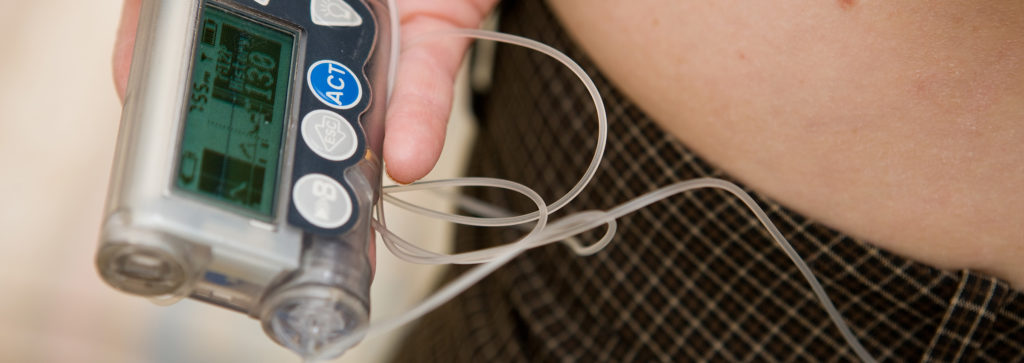If you have diabetes and your doctor recommends insulin to help control your blood sugar, you will want to discuss all the options for insulin delivery. Figuring out which delivery method is best for you may depend on a variety of factors, such as which type of diabetes you have, the type of insulin your doctor recommends, and how often you may need it. (published site)
The more you know, the better you will be able to discuss your options with your doctor.
What Is Insulin?
According to the American Diabetes Association, insulin is a naturally occurring hormone made by the pancreas that allows your body to use and store sugar from carbohydrates in the food you eat. When you have too much sugar in your blood, called hyperglycemia, the pancreas produces insulin to balance it out.
People with type 1 diabetes have an abnormal pancreas that cannot make insulin and need to inject insulin to help their bodies process blood sugar and avoid damage to blood vessels and organs.
People with type 2 diabetes either do not produce sufficient amounts of insulin or are resistant to insulin. Diet, exercise, and oral medications may be enough to control blood sugar for these people, but type 2 diabetes is a progressive disease. The longer a person has it, the more likely they will need insulin to better maintain proper blood sugar levels.
There are more than 20 types of insulin sold in the US, according to the ADA, and they differ in how they are made, how they work, and how much they cost:
- Long-acting insulin starts working several hours after injection and affects blood sugar over a 24-hour period. It’s often used in combination with rapid-acting or short-acting insulin.
- Rapid-acting insulin begins working within 15 minutes of administration and works for about two to four hours.
- Short-acting insulin starts working within 30 minutes and works for about three to six hours.
- Intermediate-acting insulin begins working two to four hours after injection and continues working for up to 18 hours.
Insulin cannot be taken orally because stomach acid breaks it down before it can enter the bloodstream. Consequently, the route of administration for insulin can be by injection, including syringe or single-dose pen, or by intravenous pump. Each method of administering insulin has advantages and disadvantages.
Injection Delivery
Insulin via subcutaneous injection delivers insulin directly into the layer of fat under the skin. Syringe injection uses a needle and tube that requires the user to draw the proper dose from a vial. Injection pens are self-contained syringes that hold a premeasured dose of insulin in a single-use cartridge. Some pens are single-use, while others allow replacing the cartridge for each use.
According to the Joslin Diabetes Center, the advantages of injections are that:
- Injections require less training
- Refillable syringes are usually the least expensive; however, pens tend to be more expensive
- Syringes and pens allow fine-tuning the dose
- Syringes and pens are small and discreet
- Modern fine needles minimize pain
- Pens allow accurately pre-setting doses using a dial
- Some pens also have memory features to help you know when and how much the last dose was
The disadvantages are:
- Timing and dosing can result in adverse effects, primarily low-blood sugar (hypoglycemia)
- Needle sticks can be painful and you may need to vary the injection site, as frequent injections may develop resistant areas of the body where the insulin won’t be absorbed
- Storing, measuring and disposing of syringes, pens or cartridges can be a hassle
Insulin Pump Delivery
Small, computerized devices can pump insulin through a catheter inserted into the layer of fat below the skin. Pumps deliver insulin two ways, in a continuous steady dose throughout the day called basal dosing that mimics how your body is supposed to release insulin as needed, or in a surge or bolus dose at your direction, usually around mealtime.
The American Diabetes Association lists several advantages and disadvantages to using an insulin pump. Advantages include:
- Eliminating individual insulin injections
- More accurate delivery
- Fewer swings in blood sugar levels
- Easier bolus dosing when needed
- More flexibility with diet and exercise
- Weight gain
- Potential for diabetic ketoacidosis
- Expense
- Limitations on activities
- Need for complicated training

No comments:
Post a Comment